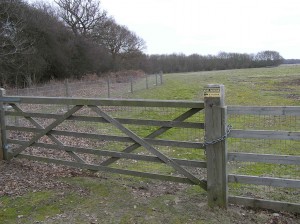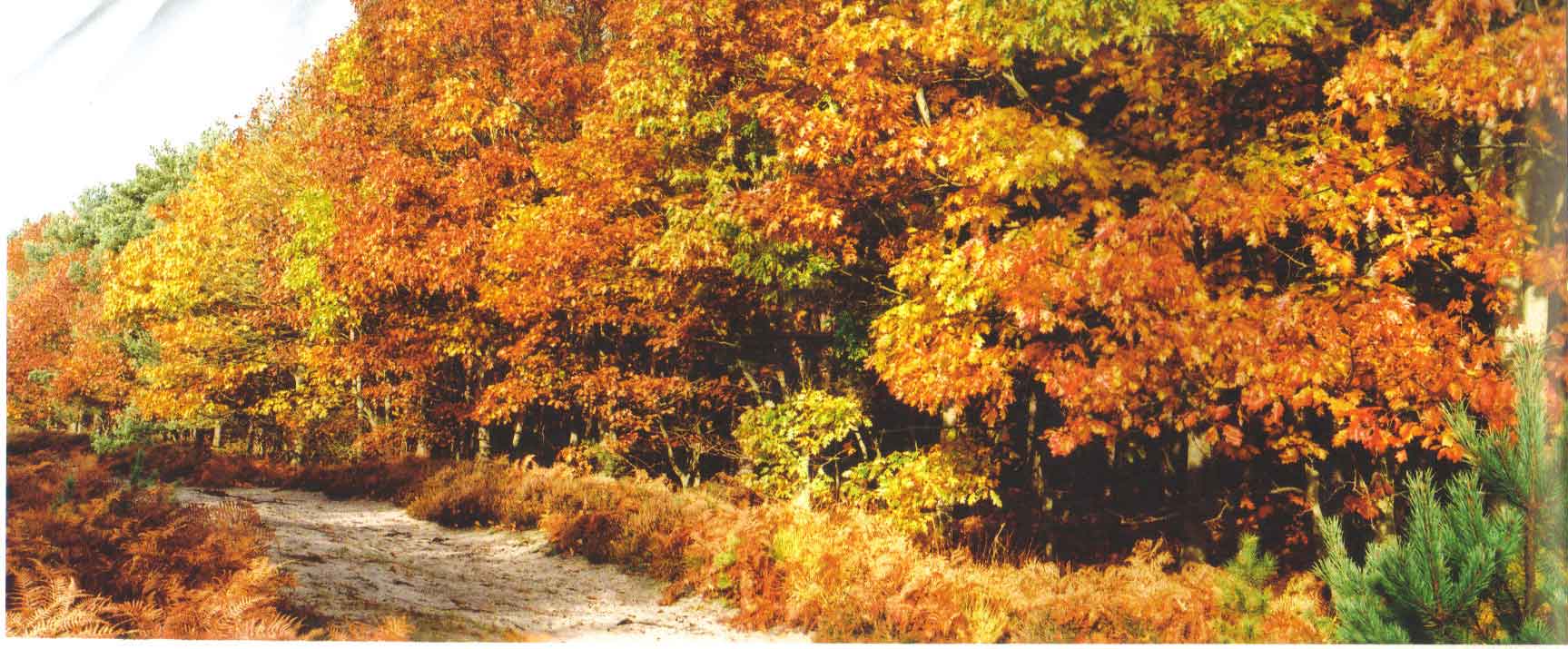Last year the Forestry Commission harvested a large area of pine forest near Dunwich, all the residents had been informed of the action, but had not realised that over 200 American Red Oaks edging the pine forest would also be felled, because conservation bodies in the area did not want a line of trees left in the landscape.

A lamentable text in 1848 primly logged
thirteen Bittern shot and one caught by a dog,
all slaughtered one day on the Orwell.
Twenty years later the skulker was defunct,
his boom entombed for over fifty years.
Nature now is guarded by the Protectors’ creed,
those publically funded infallible hegemonies
rapidly assuming the status of Ministry.
Miles of pristine square link fencing
transplanted with zeal to coastal heathland,
achieves an exclusion the Enclosures Act
never achieved generations back.
Early March, snow bright days a memory
a sallow cloak of cloud cruelly leaches
the faded light and warmth from a runt sun,
a theft that freezes the Bittern’s grunt,
that aural precursor to full throated booming.
A long slow launch from striated hiding
as part of the marsh takes silent wing,
an owlish flap over rigid reed heads
then gentle easing to soft re-immersion.
Botaurus Stellaris, a conservation Icon
enshrined in sacrosanct Phragmites Australis.
.
Conservation’s custodians assume autonomy
in all decisions involving ecology.
In a recent plan for the landscape’s purity
they sought to fell a well loved stand,
of over two hundred American Red Oaks,
for fifty years a Westleton windbreak, but
now declared a smear on a theorised landscape.
Outraged onlookers overcame the doctrine’s thrall
with a call for good sense and respect for local will
they avoided massacre on the scale of the Orwell.
The cry of the Common was heard again in the Sandlings.


